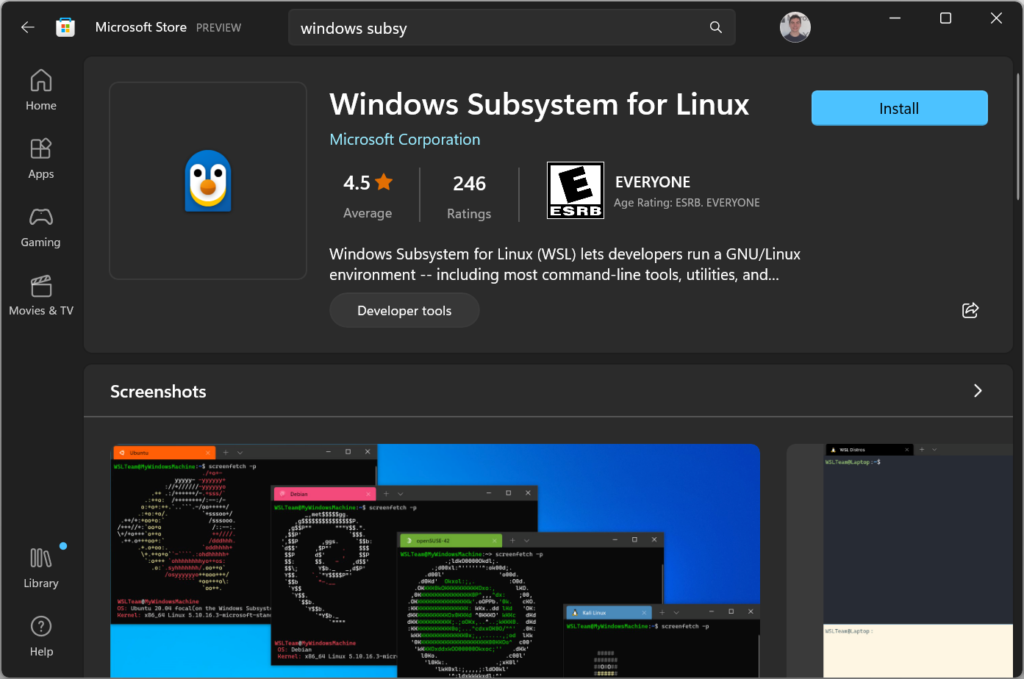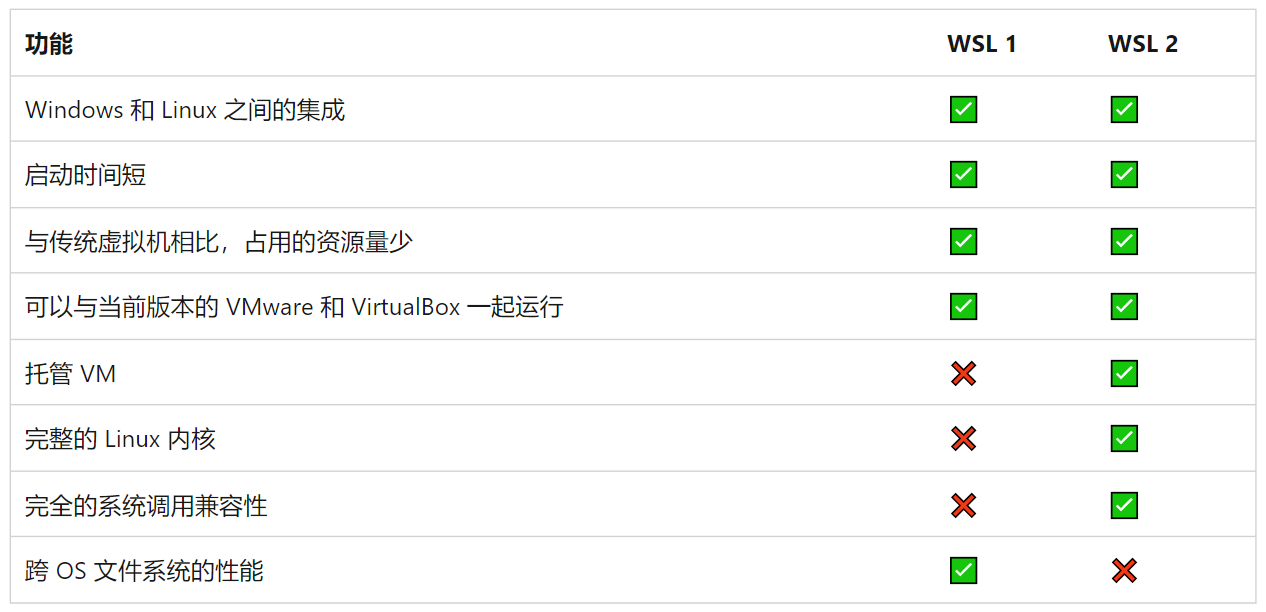Microsoft has announced that Windows Subsystem for Linux (WSL) in the Microsoft Store has graduated from the “preview” stage and officially upgraded to “GA” with the release of 1.0.

WSL was last yearput on shelvesGo to the Microsoft Store to make it easier for users to install and update, initially only supporting Windows 11. Now Microsoft said that in order to meet the needs of community users,WSL from the Microsoft Store is now also supported in Windows 10. So Windows 10/11 users can now use all the latest features of WSL, including support for running Linux graphics applications and GPU acceleration, and support for systemd.
Microsoft also explained the different versions of WSL in this release announcement:
- WSL1
- WSL2
- An “in-Windows” version that exists as an optional component of Windows
- WSL in the Microsoft Store
Microsoft said that the above versions are only different in the form of WSL services, and they are consistent in terms of user experience. Microsoft wants to simplify the calling of these versions and give this definition:WSL is an app in the Microsoft Store that lets users run real Linux integrated directly into Windows. From this it can be seen thatWSL in the Microsoft Store is really WSL 2and from now onBecome the default version of WSL.
Therefore, the recently released WSL 1.0 actually refers to 1.0 of WSL 2not 1.0 for WSL 1.
As for the relationship between WSL 1 and the “in-Windows” version of WSL, simply put, the former depends on the latter, because running the WSL 1 release still requires the “Windows Subsystem for Linux” optional component to be enabled. Microsoft also mentioned that they will continue to fix bugs for the “in-Windows” version of WSL, but only WSL in the Microsoft Store will get new features and functions.
WSL is Windows Subsystem for Linux, which is a binary executable file (ELF format) that supports running native Linux on Windows.compatibility layer. The first generation of WSL — or WSL 1 — was originally developed in collaboration between Microsoft and Ubuntu developer Canonical, and was released in 2016.
In 2019, Microsoft launched the second generation of WSL——WSL2. WSL 2 has undergone a major overhaul of the underlying architecture, using virtualization technology and a full Linux kernel to implement its new features, supporting running ELF64 Linux binaries on Windows. The main goals of WSL 2 are to improve file system performance, as well as add full system call compatibility.
While WSL 2’s new architecture changes the way Linux binaries interact with Windows and computer hardware, it still provides the same user experience as in WSL 1. The main differences between WSL 2 and WSL 1 are the use of a real Linux kernel inside the hosted VM, support for full system call compatibility, and performance across Linux and Windows operating systems.
WSL 1 and WSL 2 feature comparison:
Since Microsoft will not automatically push these updates to devices until mid-December, users who want to experience the GA version of WSL need to be running the 21H1, 21H2, or 22H2 versions of Windows 10, or Windows 11 21H2 with all November updates applied. Of course, you can also get the latest version (https://github.com/microsoft/WSL/releases) and install it manually.
The GA version of WSL 1.0 contains more than 100 bugfixes and functional improvements, check the release announcement for detailed update instructions.
#Microsoft #Stores #WSL #officially #supports #Win #News Fast Delivery
